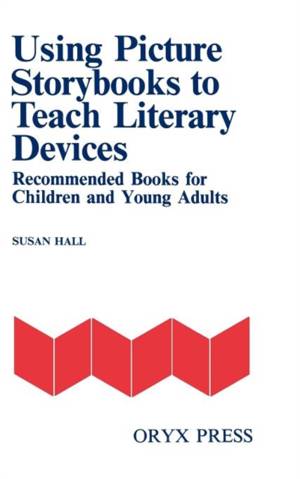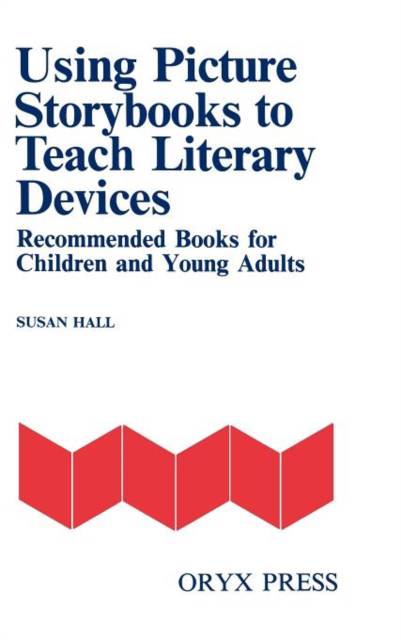
- Afhalen na 1 uur in een winkel met voorraad
- Gratis thuislevering in België vanaf € 30
- Ruim aanbod met 7 miljoen producten
- Afhalen na 1 uur in een winkel met voorraad
- Gratis thuislevering in België vanaf € 30
- Ruim aanbod met 7 miljoen producten
Zoeken
Using Picture Storybooks to Teach Literary Devices
Recommended Books for Children and Young Adults [Volume I]
Susan Hall
€ 53,45
+ 106 punten
Uitvoering
Omschrijving
Both volumes of Using Picture Storybooks to Teach Literary Devices make it easy to find the perfect book to illustrate a specific literary device. The author has selected nearly 500 picture storybooks that effectively illustrate satire, allusion, pun, imagery, paradox, simile, analogy, and other literary devices. A substantial portion of each volume is a detailed guide for finding appropriate examples. This guide is alphabetically arranged from Allegory to Understatement and describes the appropriate titles for each device. Volume 1 spans books from 1980 to 1988, and Volume 2 covers books published since 1989 as well as classic picture books. All entries include full bibliographic information, a plot summary, examples of the literary device, and other devices used in the book.
Specificaties
Betrokkenen
- Auteur(s):
- Uitgeverij:
Inhoud
- Aantal bladzijden:
- 176
- Taal:
- Engels
- Reeks:
Eigenschappen
- Productcode (EAN):
- 9780897745826
- Verschijningsdatum:
- 2/01/1990
- Uitvoering:
- Hardcover
- Formaat:
- Ongenaaid / garenloos gebonden
- Afmetingen:
- 152 mm x 229 mm
- Gewicht:
- 408 g

Alleen bij Standaard Boekhandel
+ 106 punten op je klantenkaart van Standaard Boekhandel
Beoordelingen
We publiceren alleen reviews die voldoen aan de voorwaarden voor reviews. Bekijk onze voorwaarden voor reviews.











